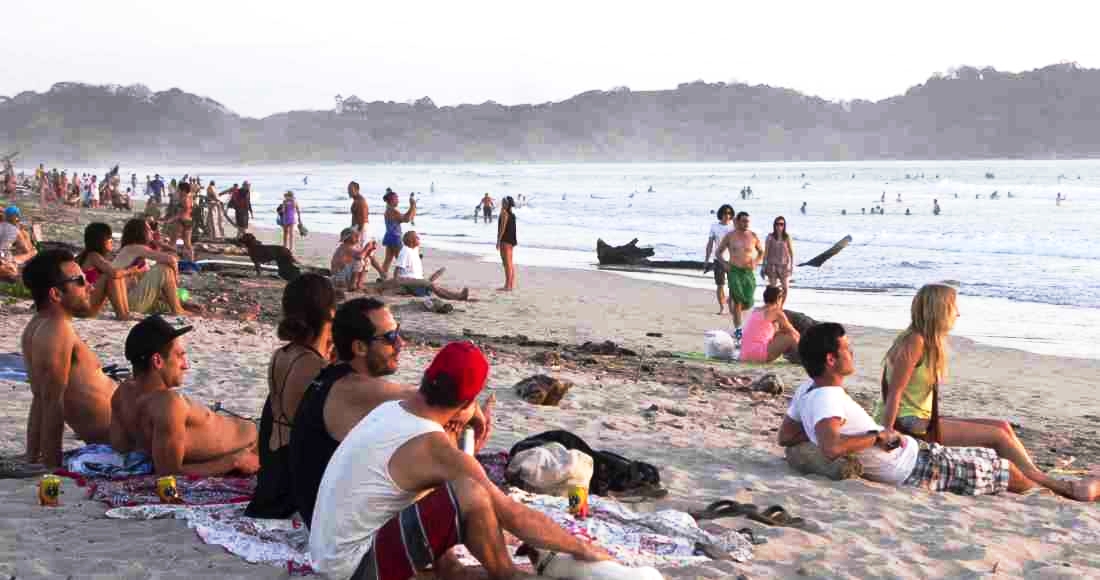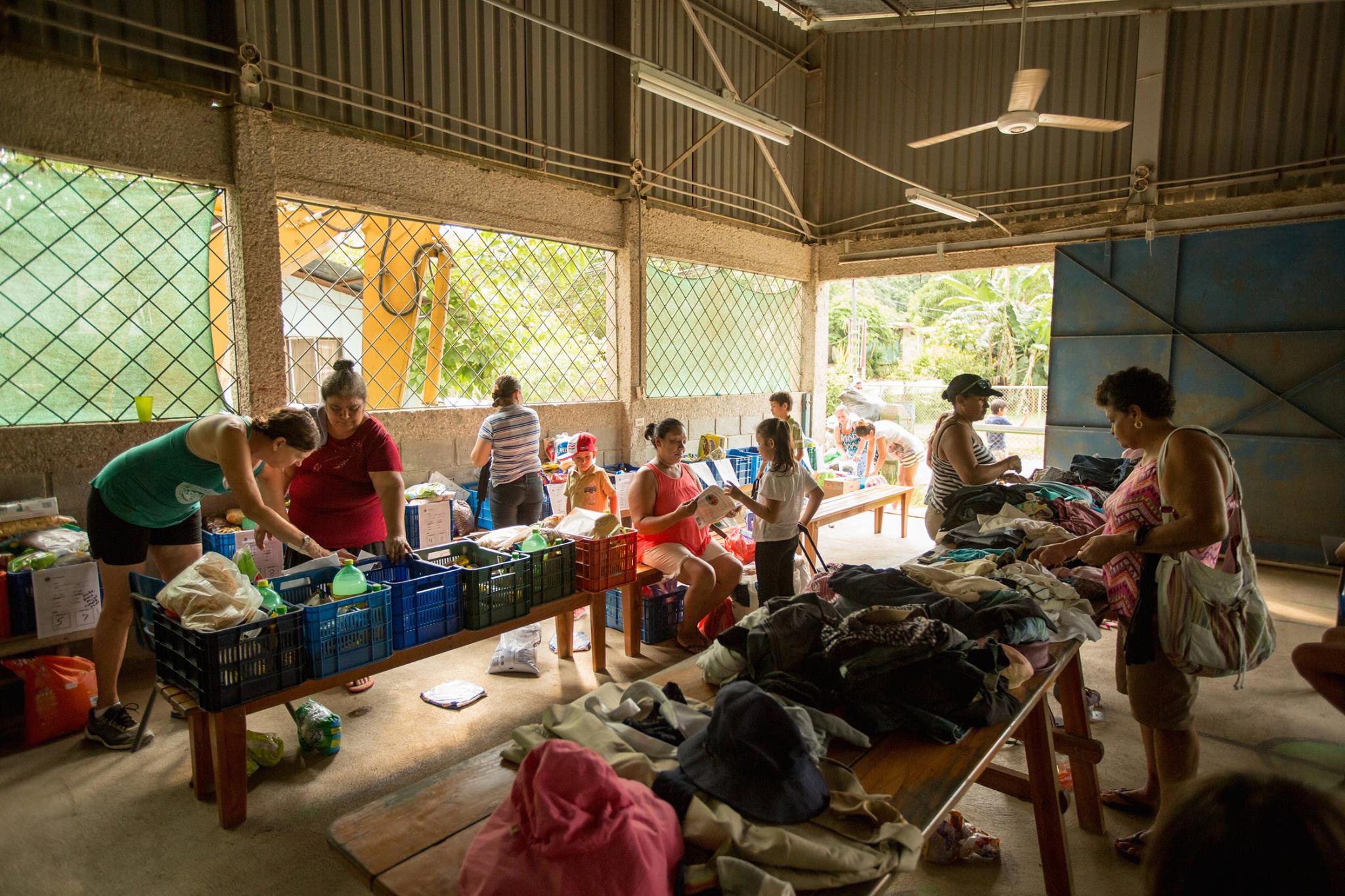Why Is There So Much Poverty In The Nosara District? - Part 2
As with any really big problem there's no simple answer. There are many different factors contributing to extreme poverty in Nosara District.
Photo by Reagan Grant
#1 – Forgotten and Left Behind
There are few government services available in Nosara District and we are especially light on poverty alleviation. Like many rural areas, Nosara District is hard to get to – and hence governmentally and culturally isolated. The people have a long history of being alternatively abused and ignored by their government – both Nicaraguan and Costa Rican. The result is a pervading sense of distrust in government institutions. Politics is viewed as a marriage of corruption and nepotism, and pride is placed in independence. Nosara District has been called “the Appalachia of Costa Rica” for good reason.
#2 – Changing Economy
Forty years ago, this paradise was a land of cattle ranches. The local men were cowboys or fisherman and the women raised children and kept house. Alcoholism was nothing like it is today and drug abuse was practically non-existent. Fast forward to no more cattle ranches and a largely fished-out coast, and Nosara is feeling significant growing pains. Transitioning from ranching and fishing to the tourism industry is …not so easy. English language instruction and general education in local schools is so deficient that most tourism jobs go to Ticos from the Central Valley.
#3 – Low Wages
Despite the construction boom in Nosara District, most construction jobs are held by Nicaraguan immigrants who are willing to work long hours for low wages. The generous regulations governing employment exacerbate the problem by pushing employers to pay “under the table”, treat their employees as “independent contractors” or lay off and rehire the same people year after year. Competing with immigrants, low–wage earners have a tough fight to become legally employed and enjoy all of the attendant pension and health care benefits. Many of the elderly people the Nosara Food Bank feeds worked for ex-pats as “independent contractors” and never paid into the government systems designed to aid them in retirement.
Typical Nosara restaurant menu
#4 – Rising Costs
A flood of ex-pat dollars has driven the cost of everything from a piece of land to a casado plate way out of sync with the rest of the country’s economy. Nosara’s distance from the Central Valley and its notoriously bad roads also create a sort of “island” economy where high prices are the norm. All of this is bad news for low wage earners.
Photo by Ariana Crespo
#5 – Seasonal Boom and Bust
Although the “high season” is expanding and more full-time ex-pats are living in Nosara District than ever before, the boom months are still January. February and March. The rest of the year low wage earners count their blessings. It is traditional for many local businesses to shut their doors completely in October – and their workers are usually unpaid . Saving is hard under the best of circumstances, but for low-wage earners it is impossible. One motorcycle accident, a lay-off, a lost or stolen cell phone, every problem spells disaster because there is never anything to spare.
Photo by Trevor Francis, Wanderlust Realty
#6 – Welcome to the World
But not every Tico in Nosara is poor, right? Right. There is a growing middle class and some highly successful business people – and the standard of living is certainly higher than it used to be. Nosara’s economy is much like that of the rest of the world, producing winners and losers. Winners have good decision-making skills. They plan for the future and foresee problems. Losers don’t have these abilities. They drop out of school, have children at a young age, and rely heavily on credit. In all of these ways the winners and losers look the same in Nosara as they do in the rest of the world. The problem in Nosara is that the lack of government services leaves the poor without any safety net. This is where the Nosara Food Bank steps in.
If you would like to learn more about poverty in Nosara and her surrounding districts you can read the entire report here: A Portrait of Economic Realities in Nosara and Sámara: Providing Tools for Sustainable Development.
Disclaimer: The views and opinions expressed in this article are those of the authors and do not necessarily reflect the policy or position of the Nosara Food Bank.





